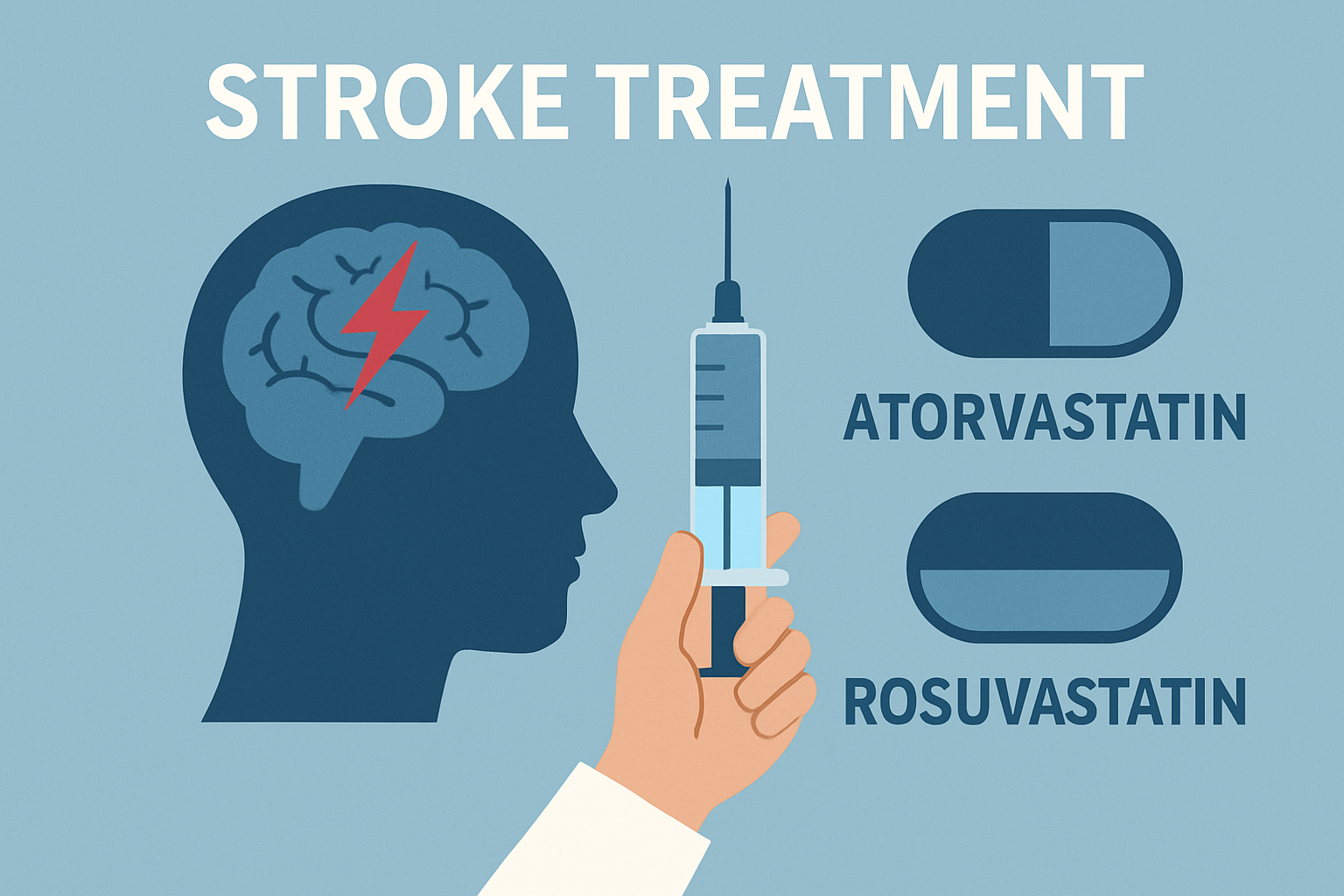
This national registry-based observational study, conducted using data from the Third China National Stroke Registry (CNSR-III), compared the effectiveness and safety of atorvastatin versus rosuvastatin in 3322 adult patients (aged ≥18 years) with ischemic stroke or transient ischemic attack (TIA) who initiated either statin within 7 days of symptom onset, from August 2015 to March 2018. Eligible patients had a pre-stroke modified Rankin Scale (mRS) score of 0, indicating no disability. Of these, 2605 initiated atorvastatin, and 717 initiated rosuvastatin. The primary outcome was ideal, defined as an mRS score of 0 (no symptoms) at 3 months. Secondary outcomes included ideal outcomes at discharge, 6 months, and 12 months, as well as 12-month rates of stroke recurrence, all-cause mortality, cardiovascular mortality, and major adverse cardiovascular events (MACE).
Results showed that 44.63% of rosuvastatin initiators achieved an ideal outcome at 3 months, compared to 41.46% of atorvastatin initiators, with a relative rate of 1.12 (95% CI 1.03, 1.22), suggesting a statistically significant benefit for rosuvastatin. Rosuvastatin also demonstrated a higher proportion of ideal outcomes at discharge and 6 months, though no significant differences were observed in 12-month stroke recurrence, all-cause mortality, cardiovascular mortality, or MACE.
These findings indicate that rosuvastatin may be associated with better functional recovery in the short to medium term among patients with ischemic stroke or TIA compared to atorvastatin. However, the lack of significant differences in long-term outcomes and the observational nature of the study limit its ability to definitively guide clinical practice.
Potential confounders, such as baseline patient characteristics or treatment adherence, warrant further investigation. Additional randomized controlled trials are needed to validate these findings and elucidate the comparative benefits of these statins in stroke management, particularly for long-term outcomes and safety profiles, to inform evidence-based treatment decisions.
Source: https://www.thelancet.com/journals/eclinm/article/PIIS2589-5370(25)00313-X/fulltext

